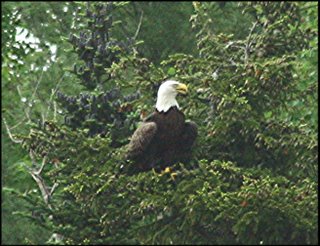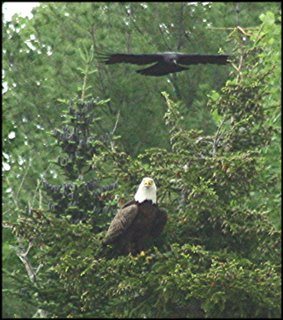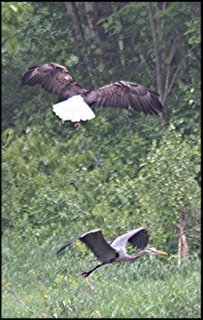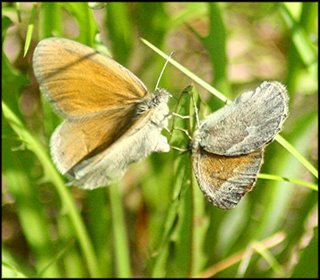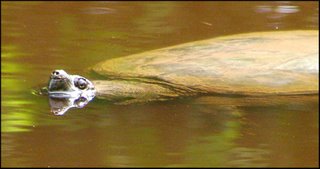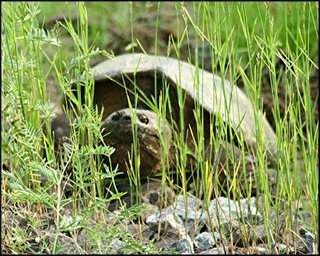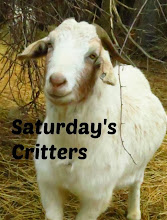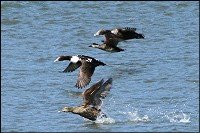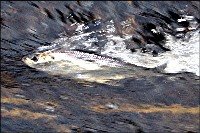Common Grackle (Quiscalus quiscula)
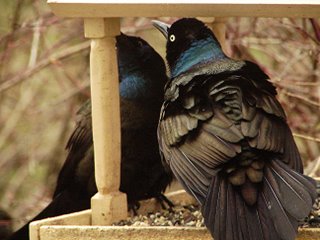
Mirror, mirror on the wall.....
I seldom notice Grackles after spring has waned and summer is here.
However, in March after a long winter, I find myself yearning to see this bird appear outside my windows again as the Grackle is one of the first returning birds to our feeders in the spring and a forerunner of the many different species of migrating birds to follow.
I had a favourite Grackle one year that I named Guardly. Guardly Grack was a lingerer not having left when the others did in the fall and he stayed late that year tho I can't exactly remember the dates. I gave him the name Guardly for he was always very cautious and careful about not coming too close; he always fed only in the further most back feeder. Guardly acted in a guarded manner; thus his name, Guardly.
My camera finds the Grackles iridescent glossy plumage irresistible and while browsing through my photo files I find many Grackle images in my collection.

for another posting on Grackles see:
http://naturetales.blogspot.com/2007/03/grackles-theyre-back.html
